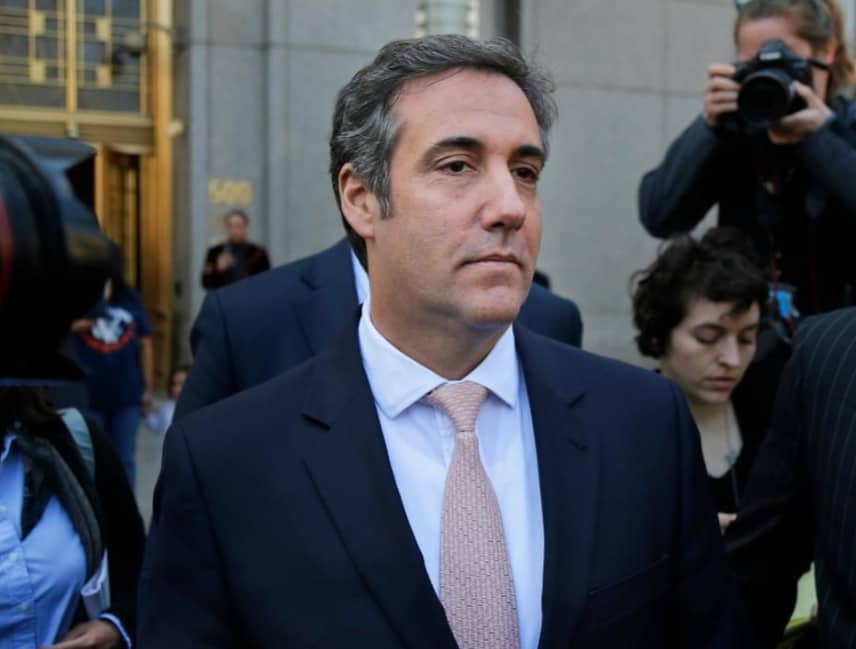
Despite predictions that business travelers would never travel in a privately-owned car to their destinations, ride-sharing is systematically decimating the rental car and, especially, the taxi industries. According to the Certify Q1 2018 SpendSmart report, which analyzed over 10 million business receipts and expenses from the first quarter of 2018, ride-sharing now accounts for more than 70% of the ground transportation market for business travelers. One of the most prominent individuals who has had their business disrupted by this trend is Trump lawyer and taxicab owner Michael Cohen.
With the ride-hailing companies grabbing 70.5% of the market, taxis and rental car companies are now fighting over crumbs, with rental cars getting 23.5% and taxis just 6% of ground transportation receipts. In Q1’14, just four years ago, ride-hailing was a mere 8% of the business traveler ground transportation market, while rental cars were 55% and taxis were 37%.
Ride-hailing is dominant even in such traditional taxi strongholds as Chicago and New York, both cities where Cohen has a significant presence in the taxi industry. The ubiquitous yellow cab may not quite be riding into the sunset, but even in these markets, ride-hailing accounted for nearly 75% of all business traveler ground transport expenses in Q1 2018. So it’s no wonder that thousands of New York taxicab owners are now “upside down,” as the value of their medallions (the license needed to operate a taxi) has dropped to about $163,000 from more than $1 million over the past four years, amid ridesharing’s irresistible rise.
One of the most currently prominent New York taxicab owners is Trump attorney Michael Cohen, who with his wife own some 32 medallions. But like many taxicab owners, the Cohens took out loans based on the value of the medallions. It’s reported that their loans, like those of other taxicab operators, are now underwater, while their revenues have declined. Additionally, it’s been reported that the Cohen’s taxi companies have piled up unpaid taxes and fines. In Chicago, about half of the Cohen’s 22 medallions have been suspended since January for non-payment of insurance. The culprit for Cohen’s financial issues was not a political rival of President Trump, or the $130,000 the attorney allegedly paid for Stormy Daniels’ silence, but the wrenching changes brought by Lyft and Uber.
According to the Certify report, two trends dominate the business traveler ground transportation market: the continuing freefall of taxi and rental cars and the rise of Lyft. Ride-sharing among business travelers is a duopoly composed of long-time leader Uber and growing competitor Lyft. Lyft took 19% of all ride-hailing receipts and expenses in Q1 compared to 10% in the first quarter of 2017. Lyft use has been growing steadily since 2014, when the service accounted for just 1% of the business traveler ride-hailing market. Uber is still by far the leader, with 81% market share in Q1 2018, but that’s down from 90% in Q1 2017 and 95% in Q1 2016. One possible reason for Lyft’s growth: According to Certify’s data, business travelers spend nearly $5 less on Lyft trips versus Uber trips.
But the downfall of the taxi industry and owners like Michael Cohen doesn’t necessarily mean a windfall for Lyft and Uber drivers. Despite recent claims from Lyft and Uber that tipping is growing, Certify’s report indicates that business travelers typically ‘forget’ to tip. In Q1 2018, only 6% of business travelers using Uber tipped their drivers, while just one in fifty (2%) of Lyft riders tipped. Still, the volume of rideshare business is growing, and both ride-share companies offer bonus programs and other alternatives to earn cash, such as UberEATS delivery.
“Lyft’s jump is the biggest surprise of Q1,” says Robert Neveu, President and CEO of Certify. “As Uber experienced change in its senior leadership team and challenges in various markets, Lyft stayed the course and gained market. It will be very interesting to see if Lyft is able to maintain this level of usage in the business travel space.”
